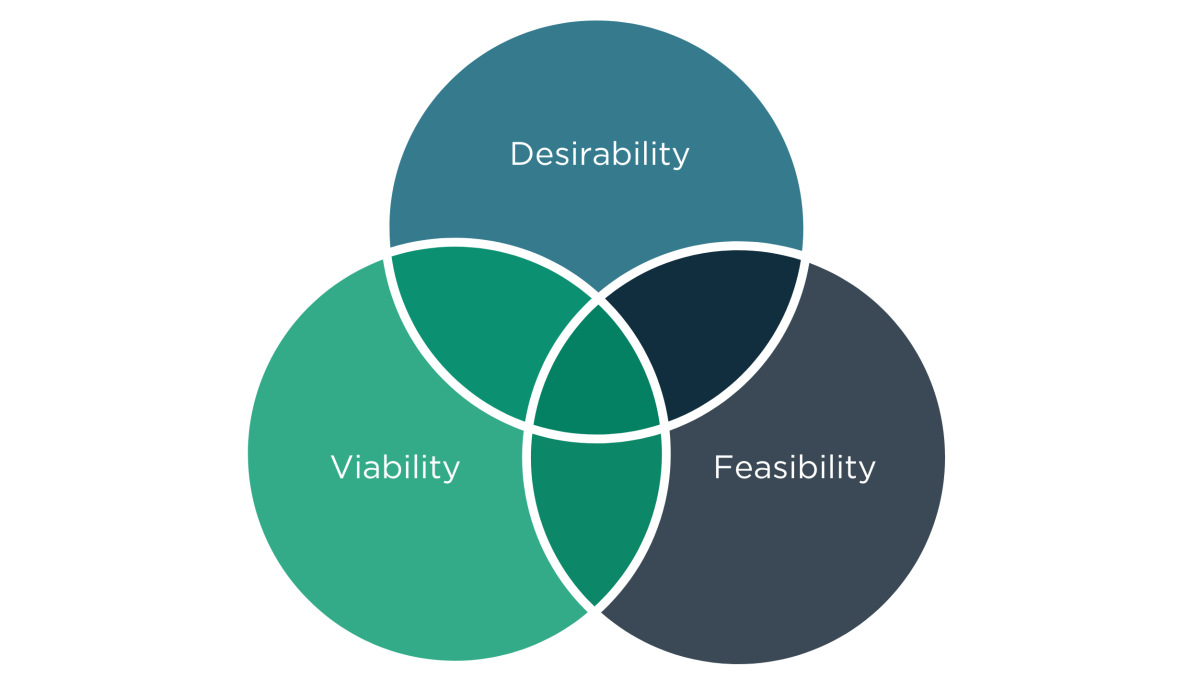For e-commerce, one main challenge is finding out whether a potential product to sell has demand for it. It can be very costly to invest in products and then to find out that the products aren’t needed in the market. In other words, products need to be validated before committing fully. GenAI could improve this validation process.
At the moment I use ChatGPT-o1 to help me analyse reviews of products in a certain niche to find out what the market values and whether there is a pattern in negative reviews, as this ChatGPT version is great for reasoning. I use this analysis to find out if a market needs new products, capable of filling a gap between supply and demand.
ChatGPT is good at arriving at conclusions based on large amounts of information available. After finding patterns in the opinions people have on the current market, a strategy is made as to which features I need to critically examine when selecting possible manufacturers. I always use the trifecta of desirability, feasibility and viability when evaluating a business/product idea. ChatGPT is great for examining desirability almost completely and it can give the first step of feasibility, namely examining product pages of suppliers and letting it analyse whether that product can fill unmet market demand.
The third point, however, viability (the “should we?” question), is in my opinion not a task for ChatGPT. This can be accomplished in spreadsheets or Python to find out whether supplying to the market is profitable. This is sensitive to mistakes of any single number. I have noticed that ChatGPT can sometimes make a small mistake in calculations, which can make or break the analysis of a product idea.
In my opinion, ChatGPT is great for text-focused analyses, but for number-focused analyses, I don’t trust it yet as ChatGPT can sometimes hallucinate. To combat this issue, I use genAI in the case of number-focused calculations only for generating Python code to do my calculations, using tools like Cursor.


